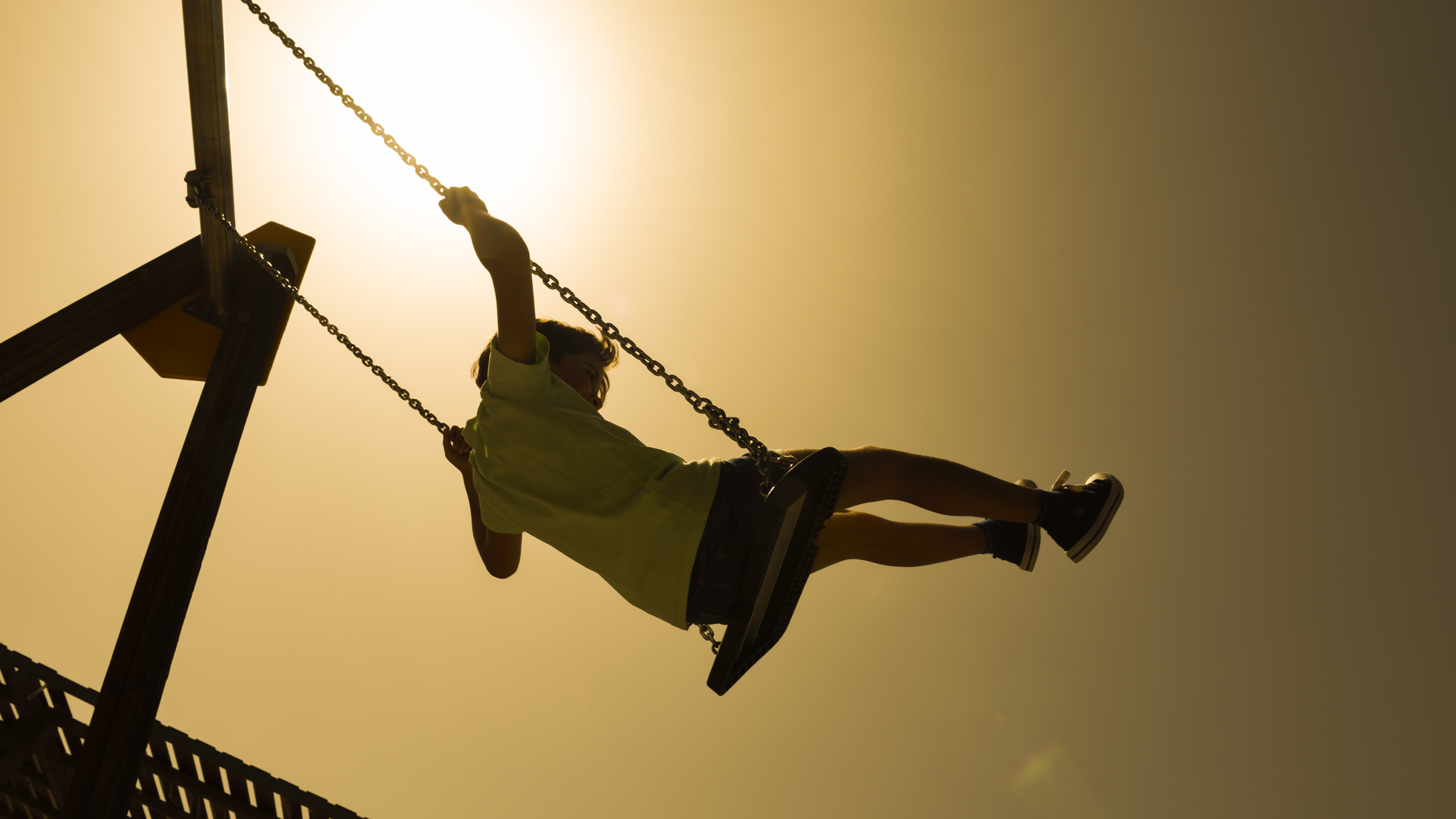Can't decide between a telescope and binoculars? Read this before Black Friday
We break down the key differences to help you make an informed choice before the sales hit, so you don't waste money on something you won't use.
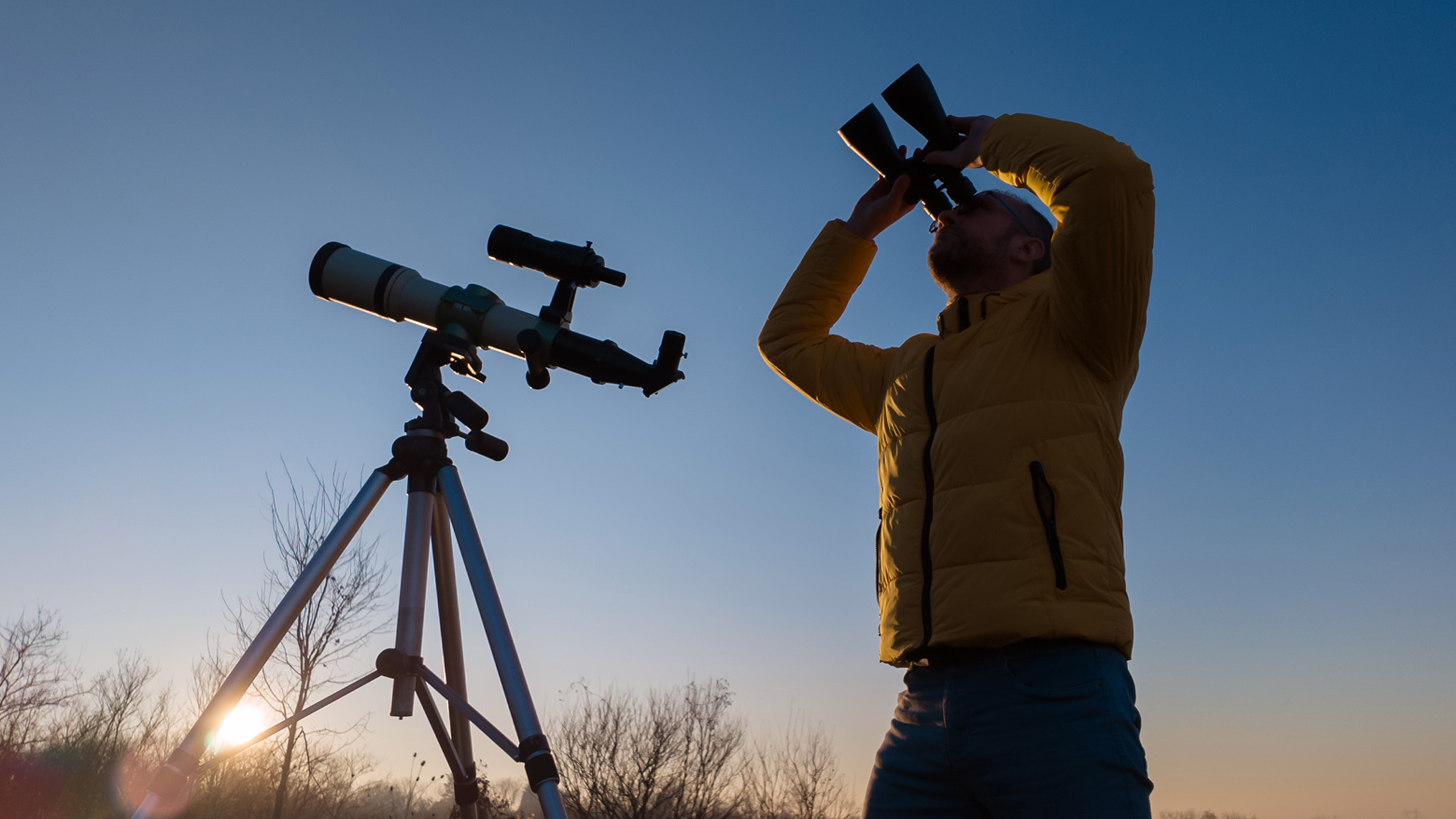
Stargazing and wildlife observation are fun and fulfilling hobbies to get into, but it’s important to find the right tool that ticks all the boxes and is right for you. If you haven’t used binoculars or a telescope before, it might not be so obvious what their differences are aside from the way they look. Without knowing much about what each optic is best suited to, you could end up setting up an 8-inch telescope to observe birds in your garden or using an 8x42 binocular to look at Saturn’s rings — neither of which is ideal.
To choose the right optic, you need to know what kinds of subjects you want to look at, how often you’ll be using it, your environment and your budget. We’ll be breaking down their pros and cons and what kind of activity each option is best suited to.
When it comes to optics, you get what you pay for, and good quality glass can be expensive, so many of the best telescopes and best binoculars aren’t particularly cheap. But Black Friday is coming up on November 28, and we’re expecting to see some great deals during this event, particularly as this year's Prime Day deals left a little to be desired.
Binoculars v telescope: What’s the difference?
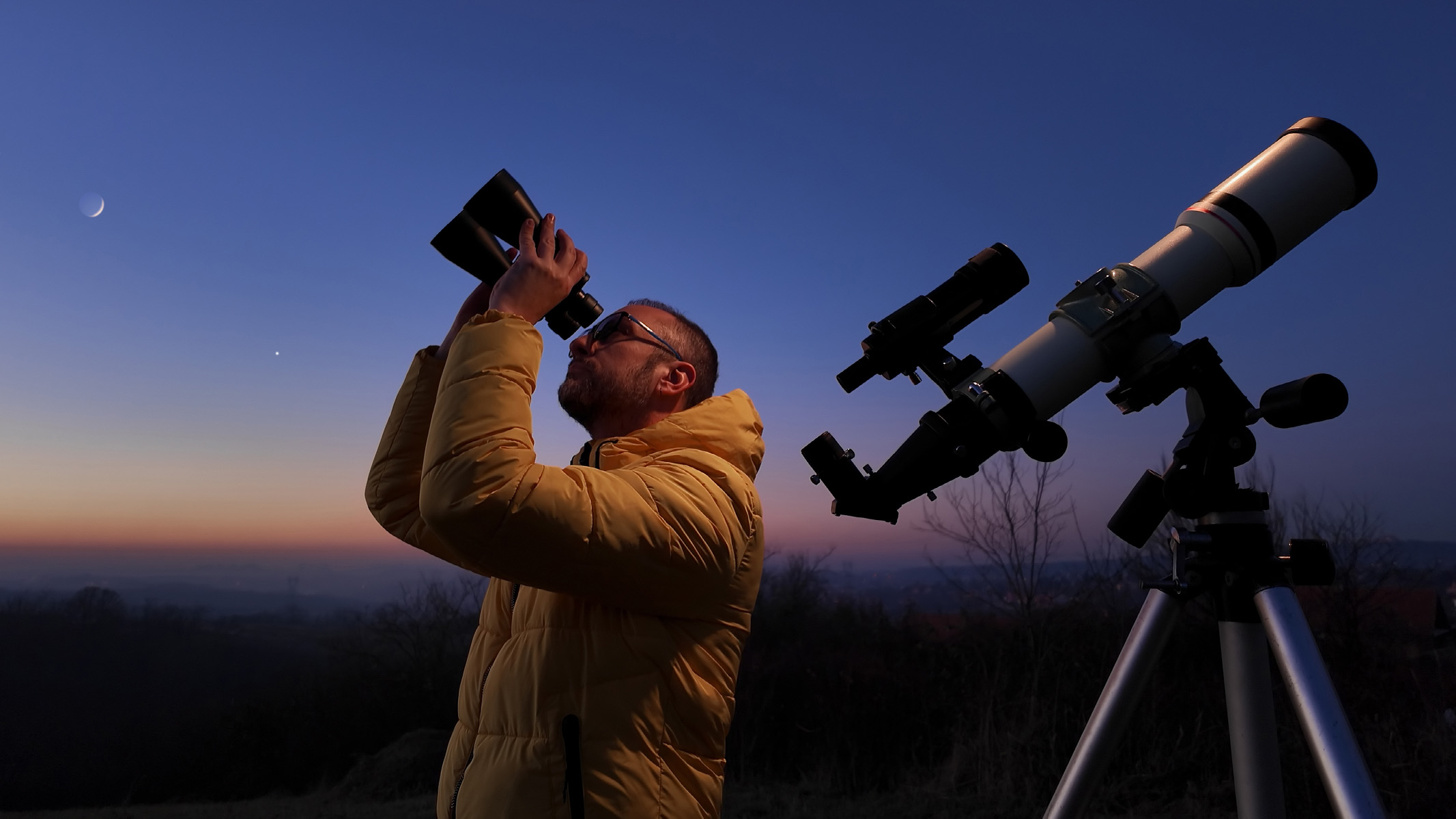
While telescopes and binoculars both give a magnified view of things far away from you, that’s basically the only similarity they share.
Binoculars are compact optical devices you hold up to your face and look through with both eyes (hence ‘bi-nocular’). They’re typically used more for wildlife observation and birdwatching due to their portable nature, although they can be used for stargazing, too.
Binoculars are typically used handheld, but many can be mounted on a tripod for steadier views. Bigger astronomy binoculars need to be mounted on a tripod because their weight, combined with the powerful magnification, results in a shakier view that requires some kind of stabilization.
Telescopes, on the other hand, are a long optical tube that you fix to a mount and a tripod, and are primarily used for stargazing. They are mostly used for nighttime observations, although small telescopes can be used for daytime observations, but it's extremely important that you don't look at the sun through a telescope.
Get the world’s most fascinating discoveries delivered straight to your inbox.
There are different types of telescopes, different mounts and a variety of eyepieces that can be used to utilize different magnifications in order to get detailed close-ups or wide-field views.
Telescopes are more technical and require more setup than binoculars, but binoculars are much more portable and beginner-friendly, so each optic has its own pros and cons.
Who should buy binoculars?
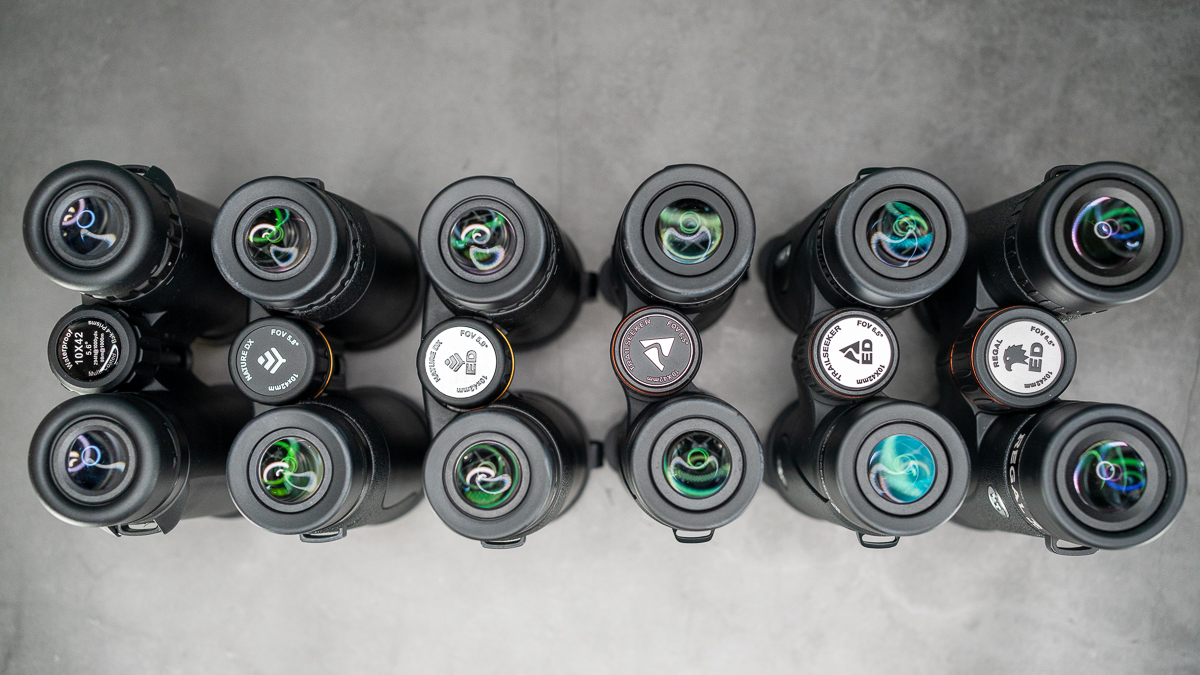
Wildlife watchers and birders
Whether you're visiting a wildlife reserve or spotting birds from your backyard (or just spying on your neighbors), binoculars are much better suited for wildlife observation than a telescope would be. This is for a number of reasons.
First, they’re a lot more compact and less conspicuous than a telescope, so there’s no faffing around and you can blend in with your surroundings much more easily. Secondly, they’re much more portable than even a small telescope: many compact binoculars even fit in a large jacket pocket, making them a lot easier to carry around with you. Finally, handheld binoculars enable you to follow your subject as they move much more easily than you could with a telescope.
If, however, you want to go a step further and observe wildlife from further afield, you could consider a spotting scope instead. Spotting scopes offer a higher magnification than binoculars (usually 20x-60x), and they require a tripod, but they’re better for observing fine details from afar with their narrow field of view.
Image-stabilized binoculars are incredible for wildlife observation and birdwatching, but they don't come cheap. Black Friday could be the perfect opportunity to save on these more expensive optics.
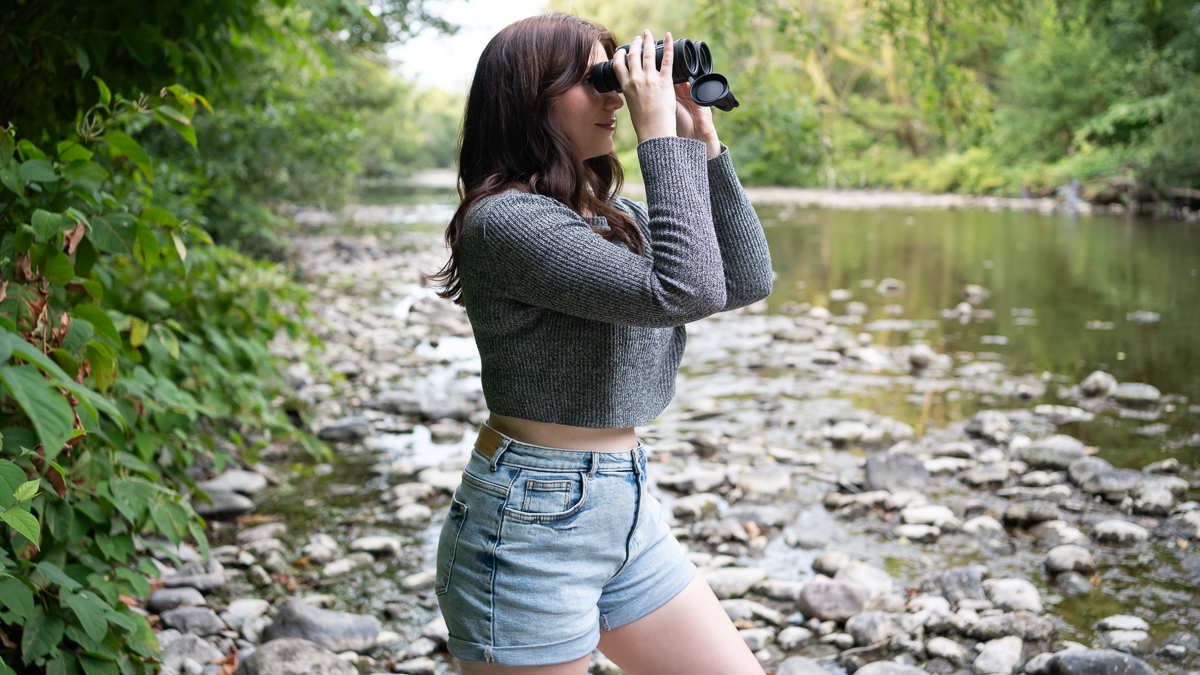
Hikers, campers and globe-trotters
Due to their compact and portable nature, binoculars are perfect for popping into your bag during a hike or on your travels. Plus, as they're generally more versatile than telescopes, they're ideal for family camping trips where you can observe a range of subjects like wildlife, nature and the night sky away from city lights.
Binoculars are also a good way to get your kids interested in the world around them, with many of the best binoculars for kids being specifically designed for small hands and faces.
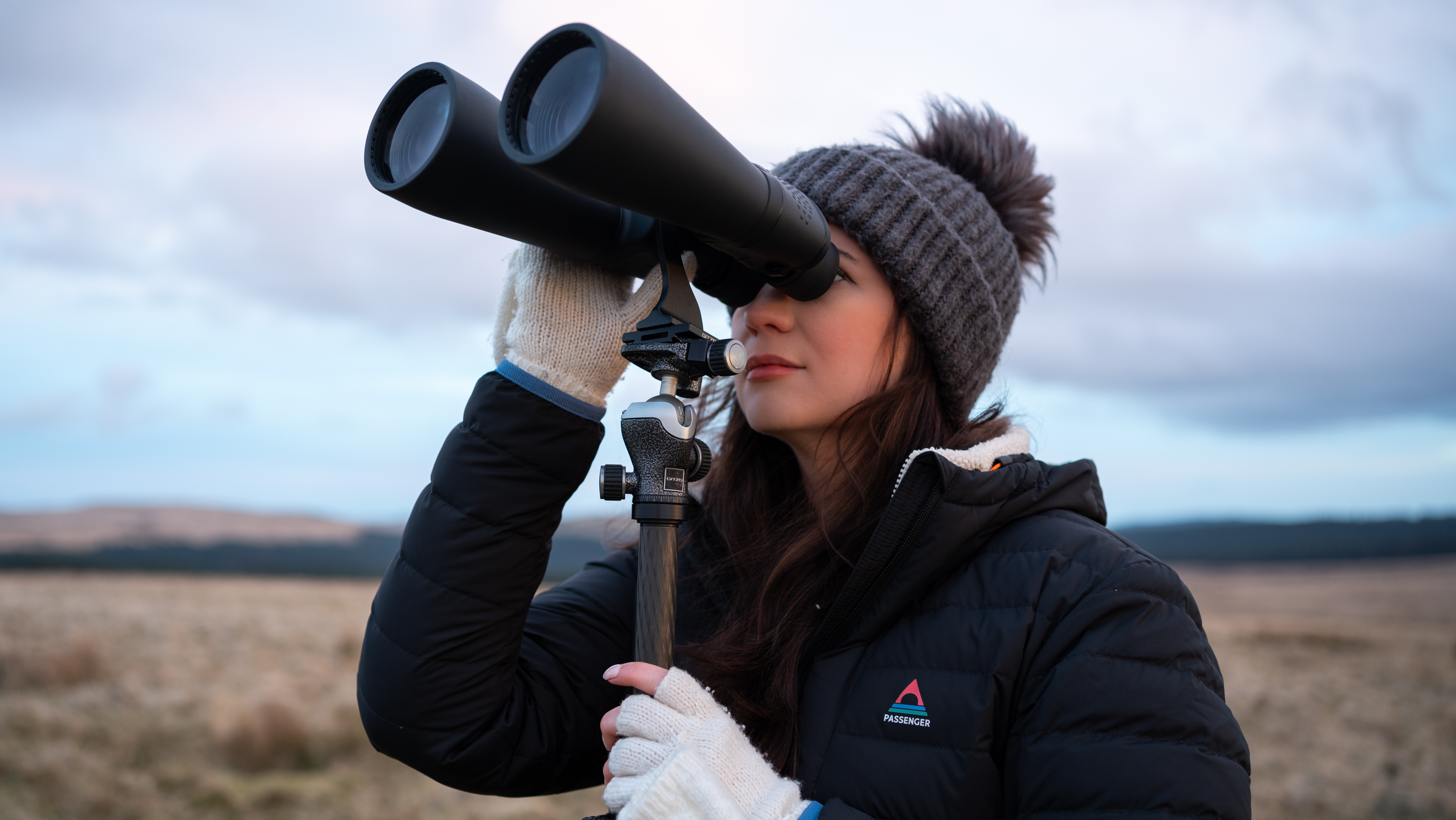
Casual stargazers
Binoculars are versatile enough that you can do both casual and more dedicated astronomy, depending on the pair you buy. A good all-rounder, like a 10x42, is perfect for getting a closer view of the moon and viewing constellations, but you're unlikely to get decent views of anything further afield. For dedicated astronomy, you need a high magnification of at least 15x, and large objective lenses to let in more light — we'd recommend 50mm and above.
A bigger pair of astronomy binoculars, like the Celestron SkyMaster 15x70, is still a smaller and more portable alternative to a telescope, but they need to be mounted on a tripod due to their weight and higher magnification. With a pair of large astronomy binoculars, you’ll be able to explore details on the surface of our moon, spot all four of Jupiter’s Galilean moons and observe some deep sky objects like the Andromeda Galaxy and Orion Nebula.
Pros
- Small and portable
- Lightweight and easy to carry
- Beginner-friendly
- Generally more affordable than a telescope
- More versatile than a telescope
- No set-up needed
- Uses both eyes for a more immersive view
- Works for daytime and nighttime use
Cons
- Less magnification than a telescope
- Limited for deep sky observation
- Handheld models can shake at higher power
- Less upgrade potential
- Cheaper models are susceptible to color fringing and sharpness fall-off
Who should buy a telescope?
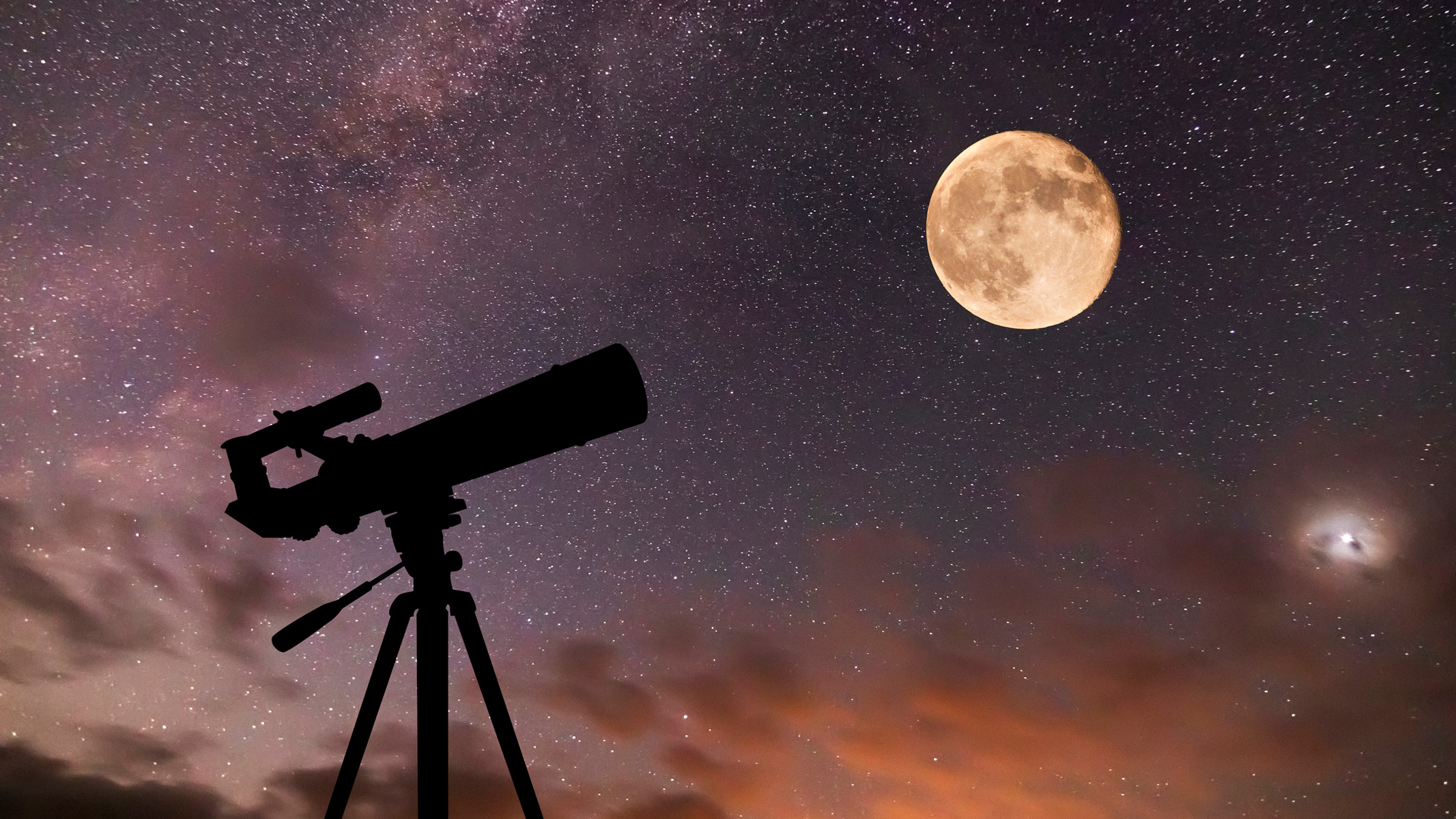
Astronomy enthusiasts
If you want to get the best possible glimpse of the cosmos, a telescope is definitely the way to go. Although on the whole they’re more technical than binoculars and require more set-up, most beginner models are easy to set up and get your head around if you have no prior knowledge of the subject.
They vary in size and difficulty, so there will be something to suit every type of user, whether you only want a compact telescope that’ll take you five minutes to set up in your backyard for detailed views of the moon, or you want something a bit meatier that you can transport to dark-sky sites for the best views. But passionate astronomers will want one of the very best telescopes that can provide stunning views of a variety of celestial objects and won’t mind investing in the best gear.
Either way, Black Friday is the perfect time to invest in either your first telescope or a better model than you already own to level up your astronomy journey.
Astrophotographers
Although you don’t need a telescope to do astrophotography, it can take your space photos to the next level. With the right adapter, you can attach your astrophotography camera directly to your telescope to capture photos of what the telescope sees.
Another way to photograph celestial objects is with a smart telescope, which can provide a much more accessible way for beginners to take space photos, but smart scopes are typically a much more expensive option. That said, we saw some great discounts of up to $1,000 off smart telescopes last year.
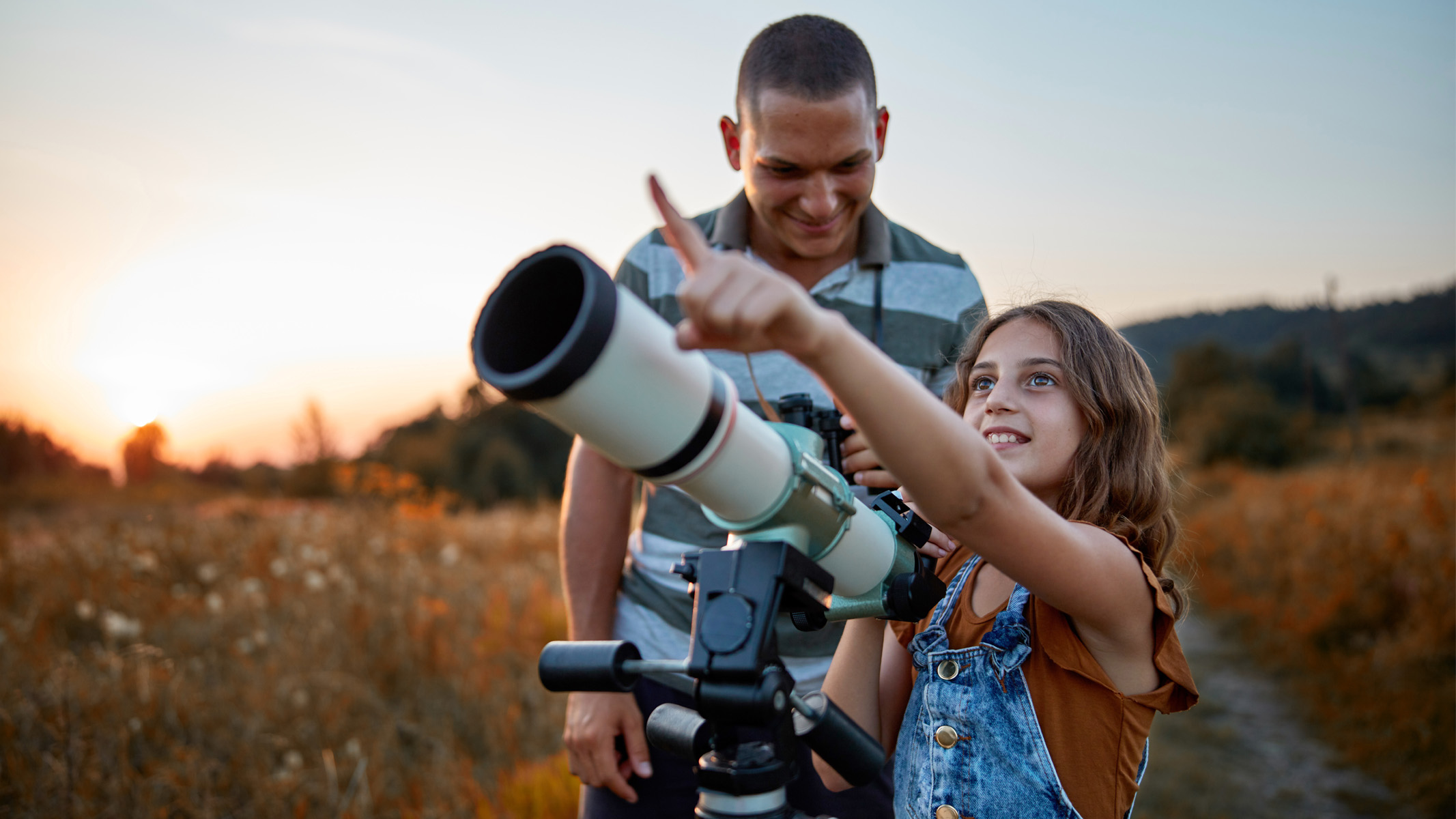
Families and kids interested in science
Smaller telescopes for kids are a great educational tool to get your youngsters interested in science and astronomy, and many of them are good enough for adults and the whole family to get use out of, too. Most kids' telescopes are best suited for looking at the moon and planets, but there are plenty of models suitable for older kids and teens who want to continue the hobby and move up in size and power.
Pros
- Powerful magnification for detailed views of planets, the moon and deep-sky objects
- Interchangeable eyepieces allow for customized magnification
- Motorized and GoTo mounts do the hard work for you
- More suitable for astrophotography
Cons
- Can be bulky and take up more room in your house
- Narrow field of view makes locating objects harder
- Requires more set-up and maintenance
- Steeper learning curve
- Good quality optics can be more expensive
Choosing based on your environment
Urban dwellers
Binoculars or smart telescope ✅
An observational telescope would be wasted in a city due to the light pollution, so go for the versatility of binoculars or invest in a smart telescope that can eliminate light pollution.
Rural/remote areas
Either! ✅
If you’re lucky enough to live in a remote area, binoculars will be ideal for spotting wildlife in their natural habitat, and you could make the most of the dark skies with a telescope.
On the go
Binoculars ✅
Even the most compact of telescopes will still be too cumbersome to take traveling, but binoculars will fit comfortably inside a backpack or large pocket to use on the go.
Backyard observers
Either! ✅
You can easily set up a telescope in your backyard or observe with binoculars, but be aware that the amount of light pollution wherever you live could hinder stargazing conditions.
What to expect this Black Friday

When it comes to big-ticket items like binoculars and telescopes, the very best deals are usually reserved for Black Friday. We saw a few good deals during Prime Day, but nothing we haven't seen before.
Last year, the Celestron NexStar 8SE was reduced to $1,299, which is the cheapest we've seen the world's most beloved telescope. If, however, you're interested in investing in a smart telescope, the Unistellar eVscope 2 was down to $3,919 (almost $1,000 off), with other smart scopes in their range being up to $500 off. Plus, the excellent Leica Noctivid 10x42 were on sale for $2,249, which is still not cheap, but the $983 saving isn't to be sniffed at. But if you're looking for more of an entry-level binocular, the Nikon Prostaff P3 10x42 were less than $100 last Black Friday.
We're expecting to see some big savings again this year, and we'll be keeping track of all the Black Friday deals on binoculars, telescopes, cameras, star projectors, and health and fitness gear over in our Black Friday Deals Hub, so keep this page bookmarked to ensure you don't miss out on the very best deals.

Kimberley Lane, E-commerce writer for Live Science, has tested a wide range of optical equipment, reviewing camera gear from Sony, Canon, OM System and more. With over 6 years of photography experience, her skills span across landscape and seascape photography, wildlife, astrophotography and portrait work. Her photos have been featured in a number of national magazines, including Digital Camera World and Cosmopolitan. She has also contributed to our sister site Space.com and Tech Radar, and she regularly uses binoculars and telescopes to stargaze in the dark skies of South Wales.
You must confirm your public display name before commenting
Please logout and then login again, you will then be prompted to enter your display name.
